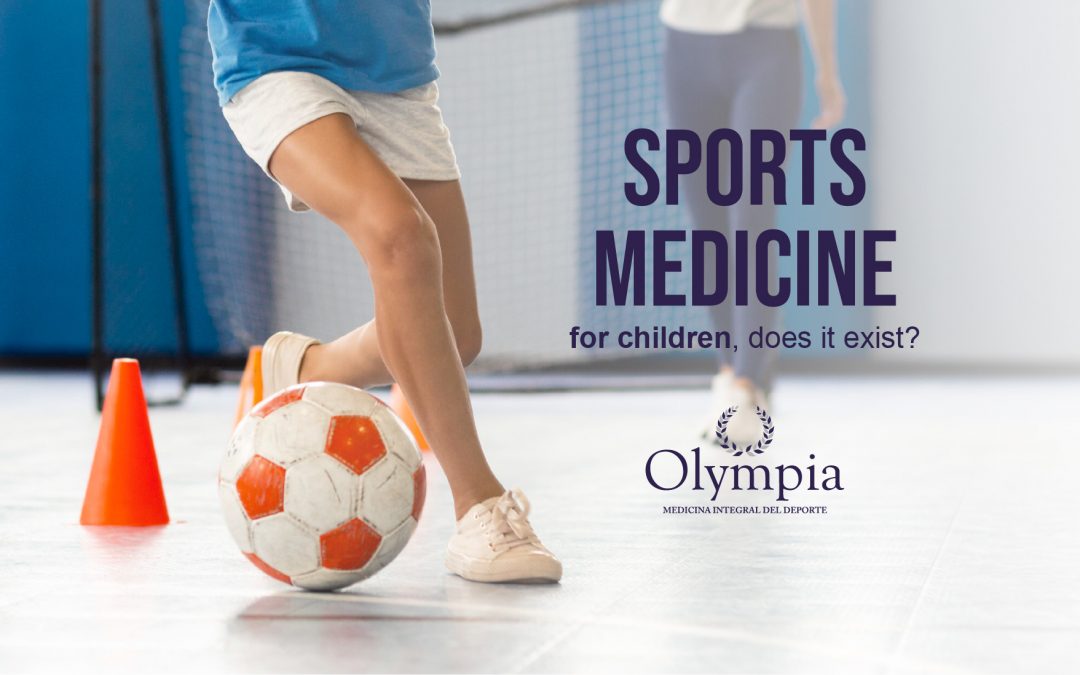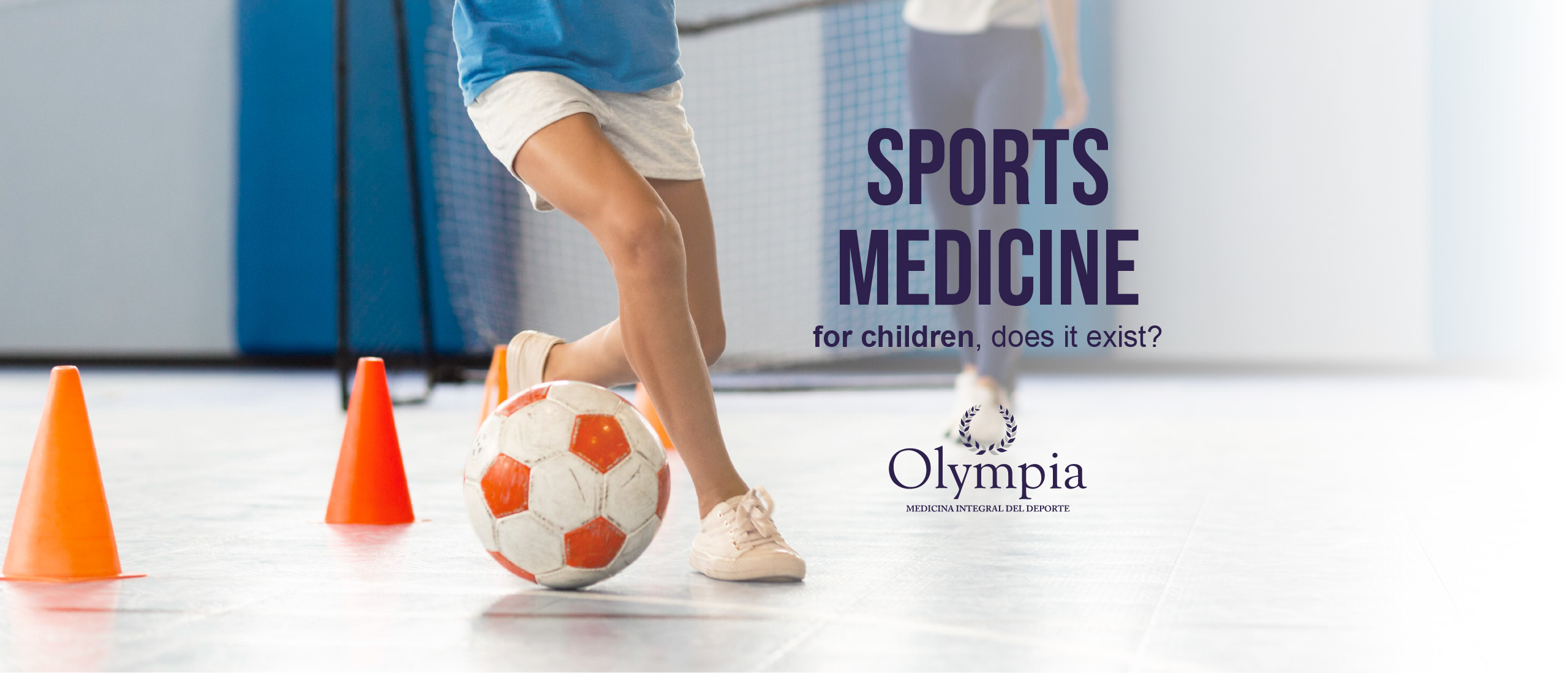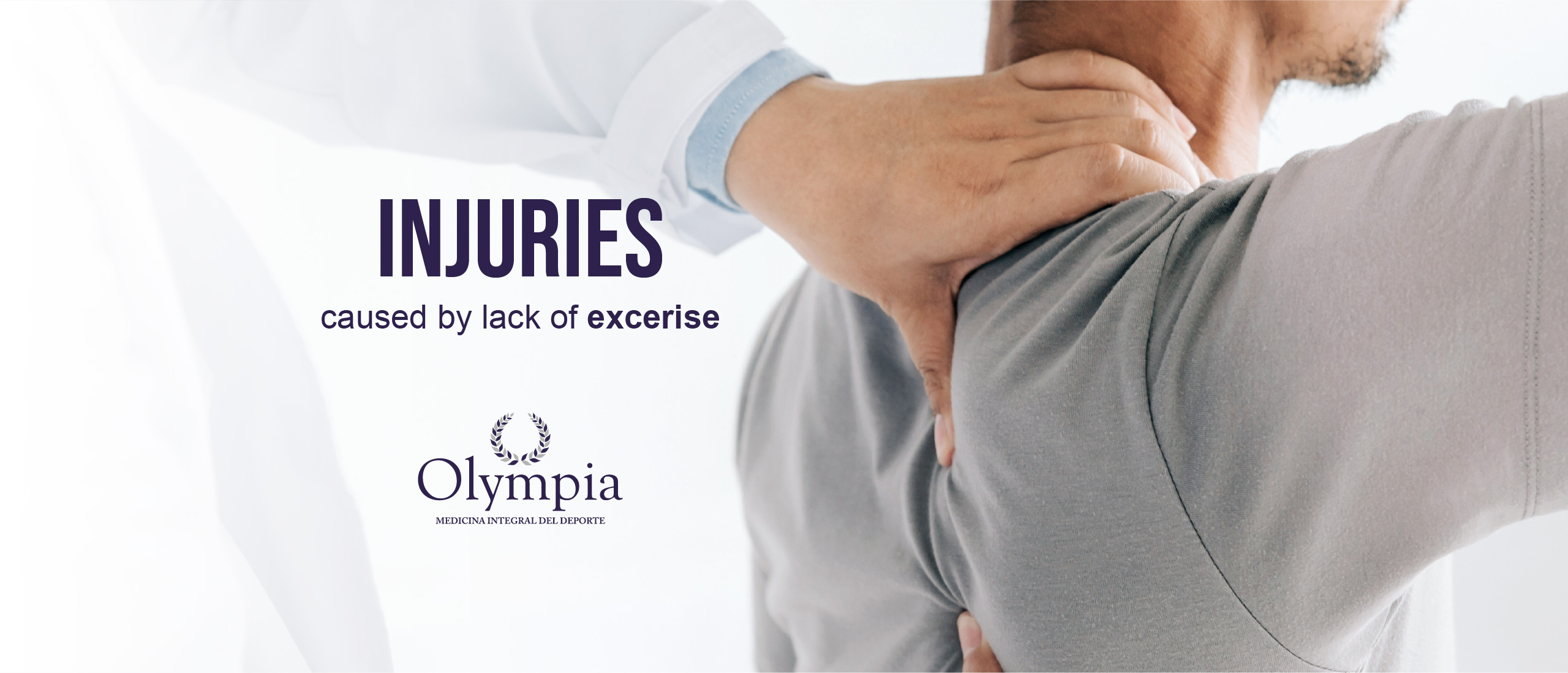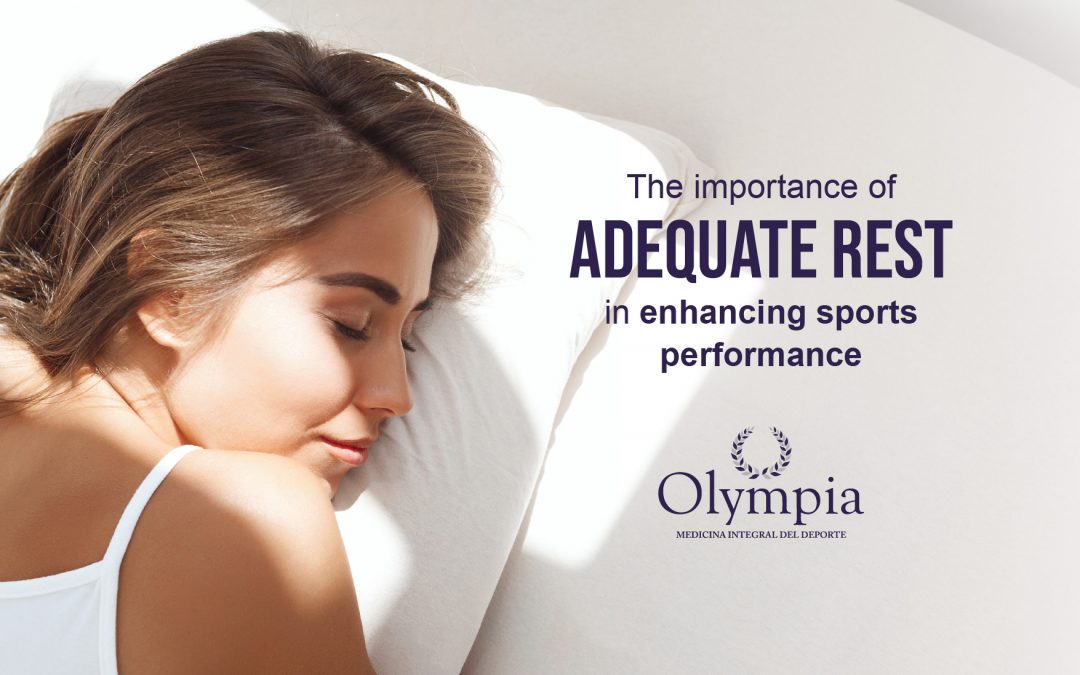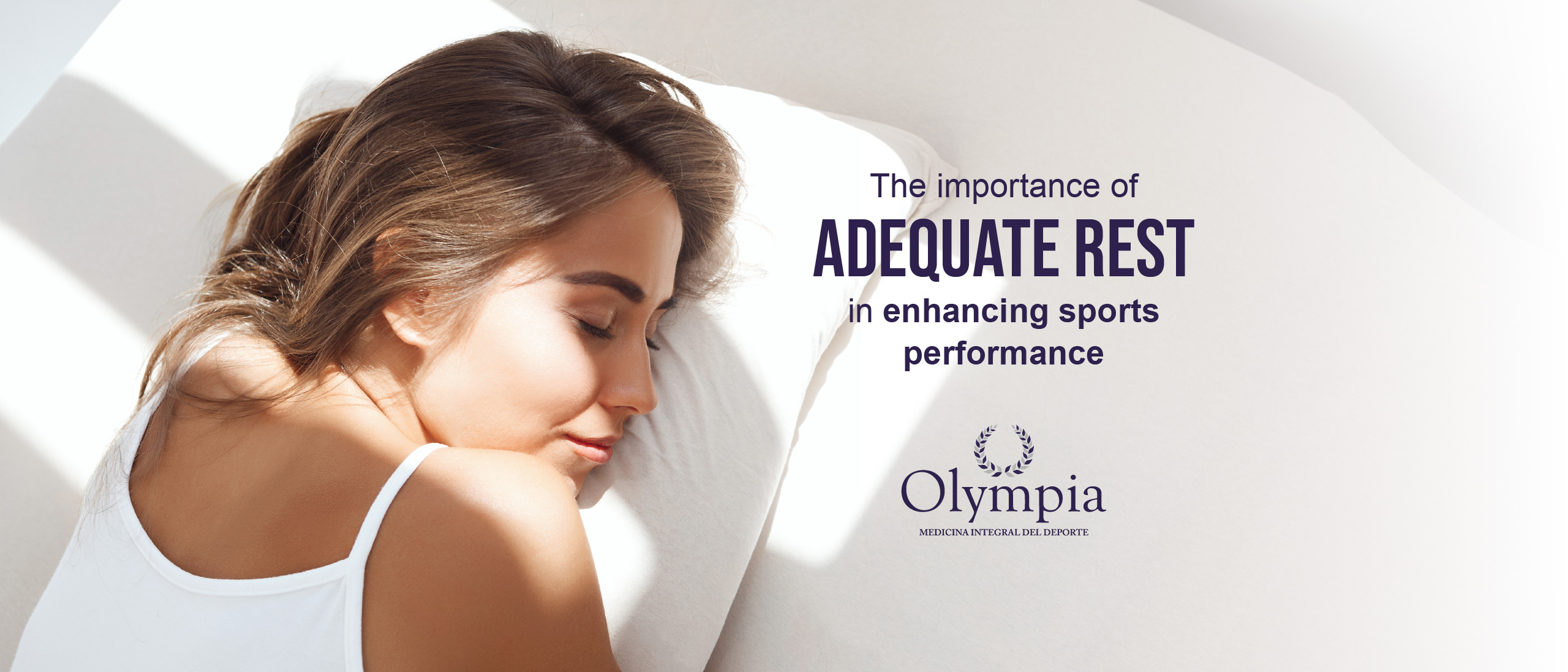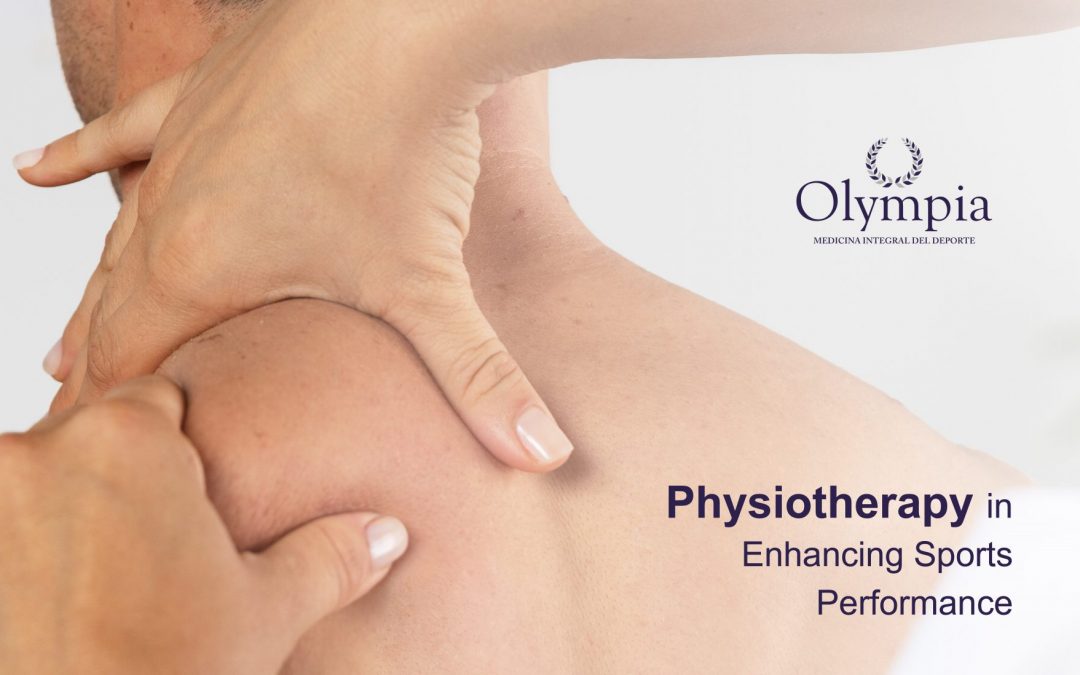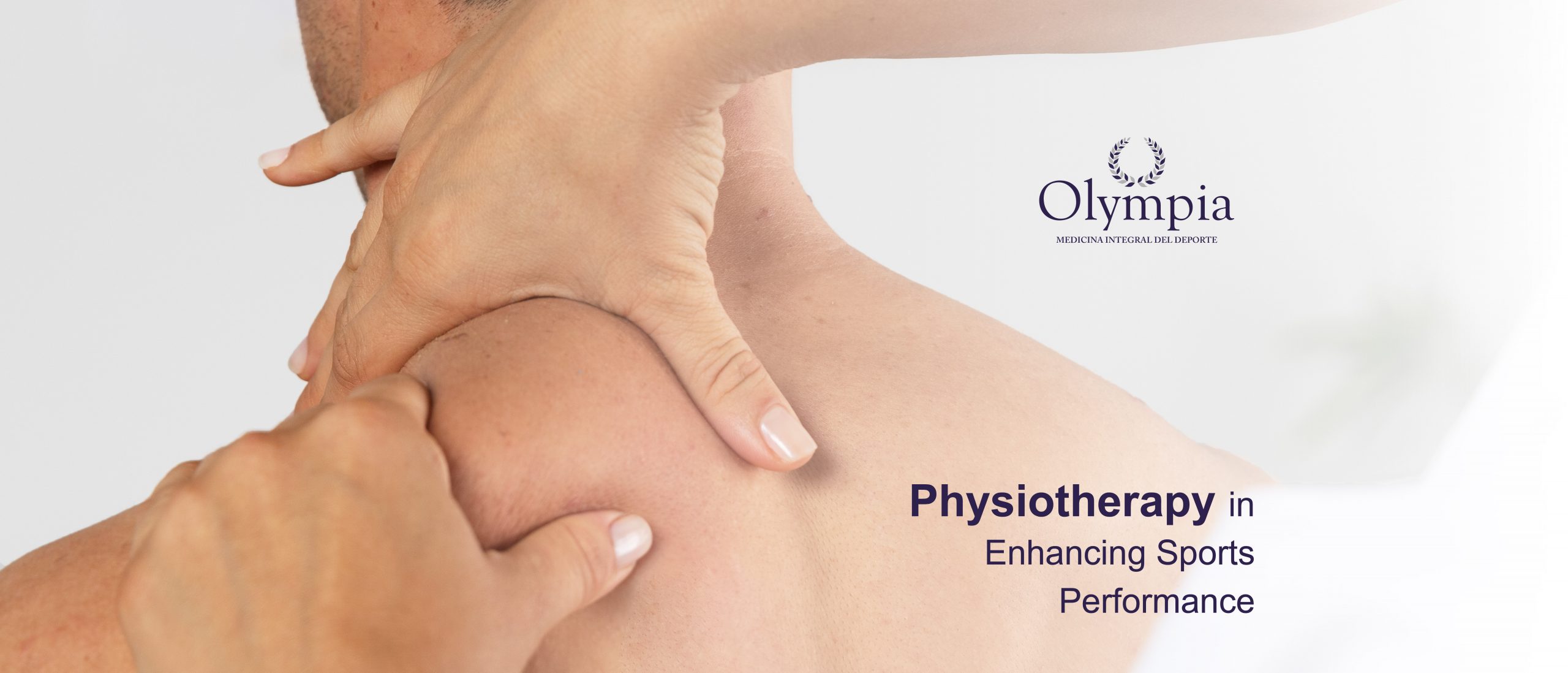
Sports: A Natural Antidepressant

Nowadays, cases of anxiety and depression prevail, and these are unfortunately increasing in our society. Although medical treatments remain paramount, there are complementary practices to help against these conditions. One of them is exercise since regular physical activity offers benefits to mental health and improves mood.
During exercise, endorphins, known as “happy” hormones, produced in the brain by the pituitary gland, are released, which stimulate positive emotions such as pleasure and happiness, and in turn, reduce the perception of pain. In addition, other neurotransmitters such as dopamine and serotonin are also released, responsible for other factors that alter mood such as sleep and appetite.
Depression is a mental disorder characterized by low mood and feelings of sadness, this is accompanied by isolation and negative thoughts. The practice of sport helps prevent or break this cycle by promoting social interaction, providing a sense of achievement, creating a support network, and increasing self-esteem.
Sports not only improve physical condition, they also exercise the mind through concentration, decision making and strategic thinking. This helps deflect destructive thoughts and improve cognitive function, which strengthens memory and overall brain health.
Daily life contains moments of high levels of stress, which directly affects the progress and exacerbation of depression. Exercise reduces cortisol levels (a hormone associated with stress), teaches you to deal with problems in a healthy way, helps relieve repressed tension in our day-to-day lives, and promotes relaxation, which also helps to fall asleep. This contributes to a more stable mood.
Performing a sport brings several benefits for mental health and well-being such as: increasing our energy levels, improving our sleep patterns, and releasing endorphins. Therefore, practicing sports should be seen as a natural anti-depressant, which contributes to a healthier state of mind. However, it is important to mention that each individual has different preferences and needs and it is essential to find the physical activity that is appropriate for each person (swimming, yoga, running, etc.).
In case of presenting any symptoms of depression, the medical recommendation is always to see a health professional for assessment, diagnosis, and treatment, before making important changes in our lifestyle.

